Sikkim is known for its breathtaking natural surroundings, distinctive culture, and adventure possibilities. The state presents a combination of snow-topped mountains, green forests, and rich local culture, appealing to tourists looking for relaxation, spiritual pursuits, or adventure activities.
Natural Beauty:
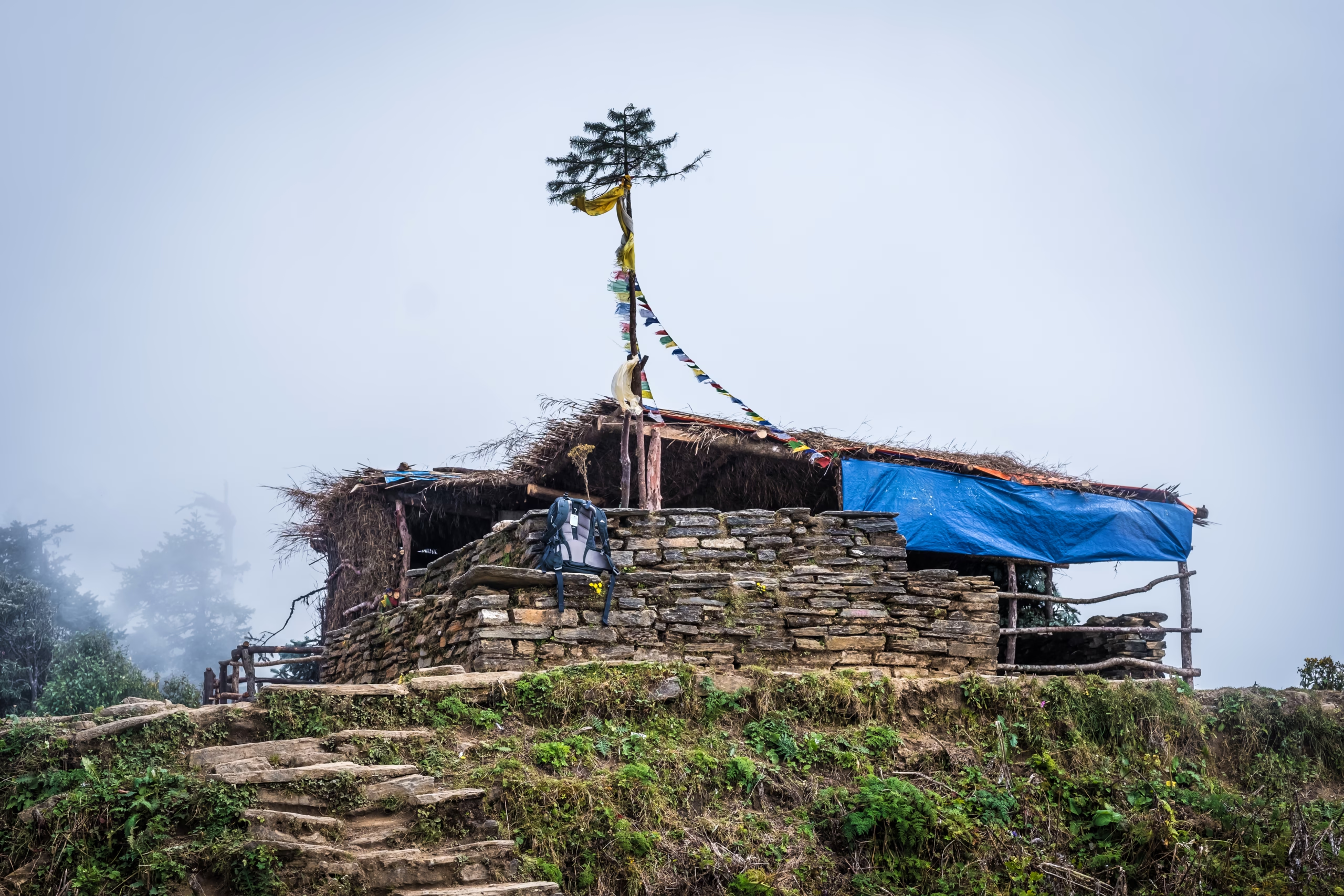
Sikkim is famous for its varied landscape, such as the grand Himalayas, which include Kanchenjunga, the third highest peak in the world. The state is also home to stunning lakes such as Tsomgo and Gurudongmar, and the picturesque Yumthang Valley, a famous tourist spot named the “Valley of Flowers”.
Cultural Immersion:
Sikkim’s rich cultural heritage manifests itself in its colorful festivals, vibrant monasteries, and hospitality. The tourists can visit historic places such as Rumtek Monastery, experience the annual Cham festival, or see the indigenous Lepcha culturAdventure and Thrills:
Sikkim is a haven for adventure enthusiasts, with options for trekking, mountain biking, and mountaineering. Sikkim’s rough terrain and green environment make it a perfect place for these activities, says IndiGo.
Spiritual Peace:
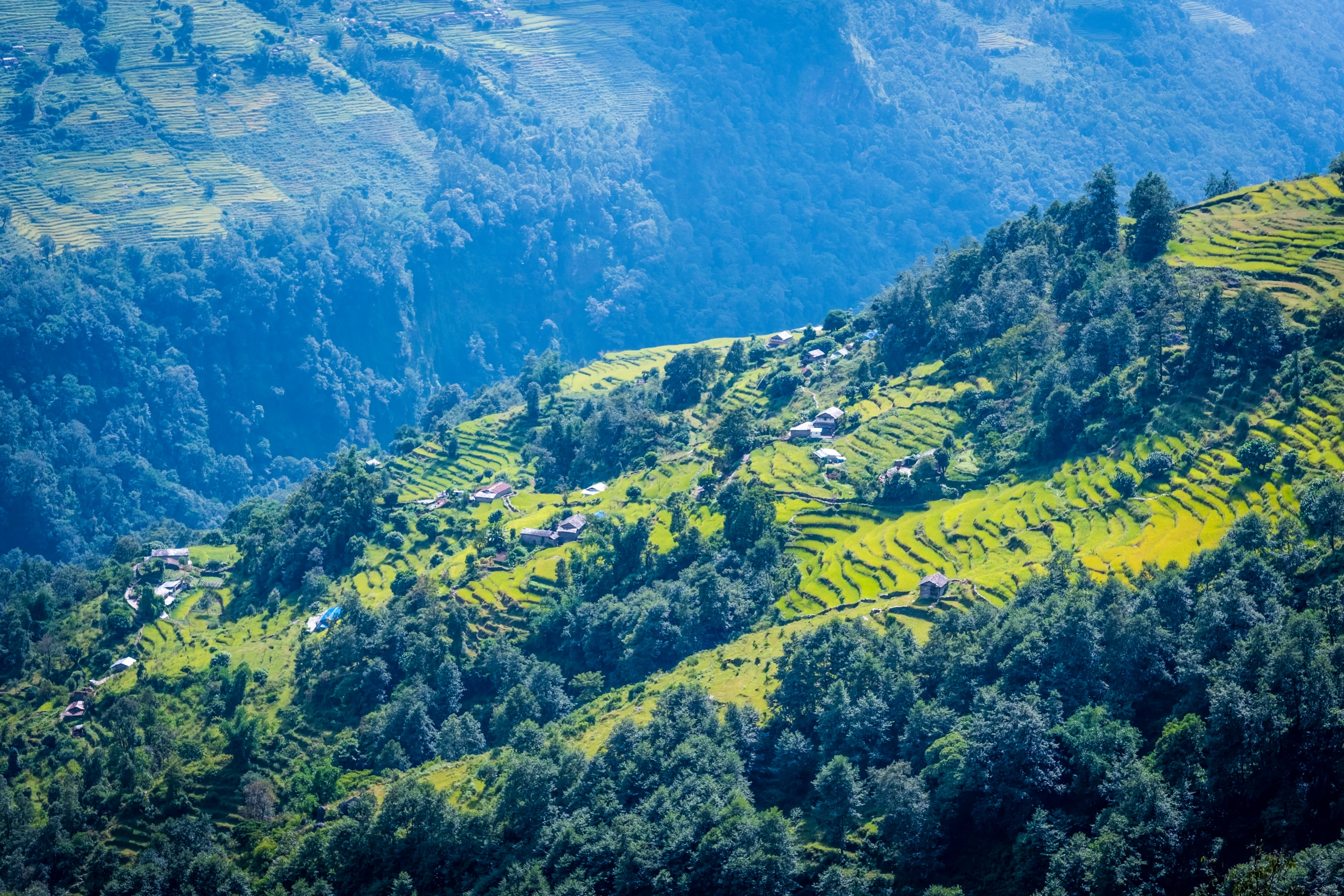
Sikkim is a refuge for those who desire peace and calm, with many monasteries and temples providing a glimpse into its rich Buddhist heritage. Hanuman Tok, Dubdi Monastery, and Rumtek Monastery are only a few of the spiritual destinations that draw people, as per Oddessemanian
Escape the City:
For a break from the urban chaos, Sikkim is an ideal getaway and opportunity to rejoin nature. The unspoiled landscapes of the state and peaceful environment are a haven for relaxation and rejuvenation, says the Times of India.
What can to gain by visiting the Sikkim Tour Package?
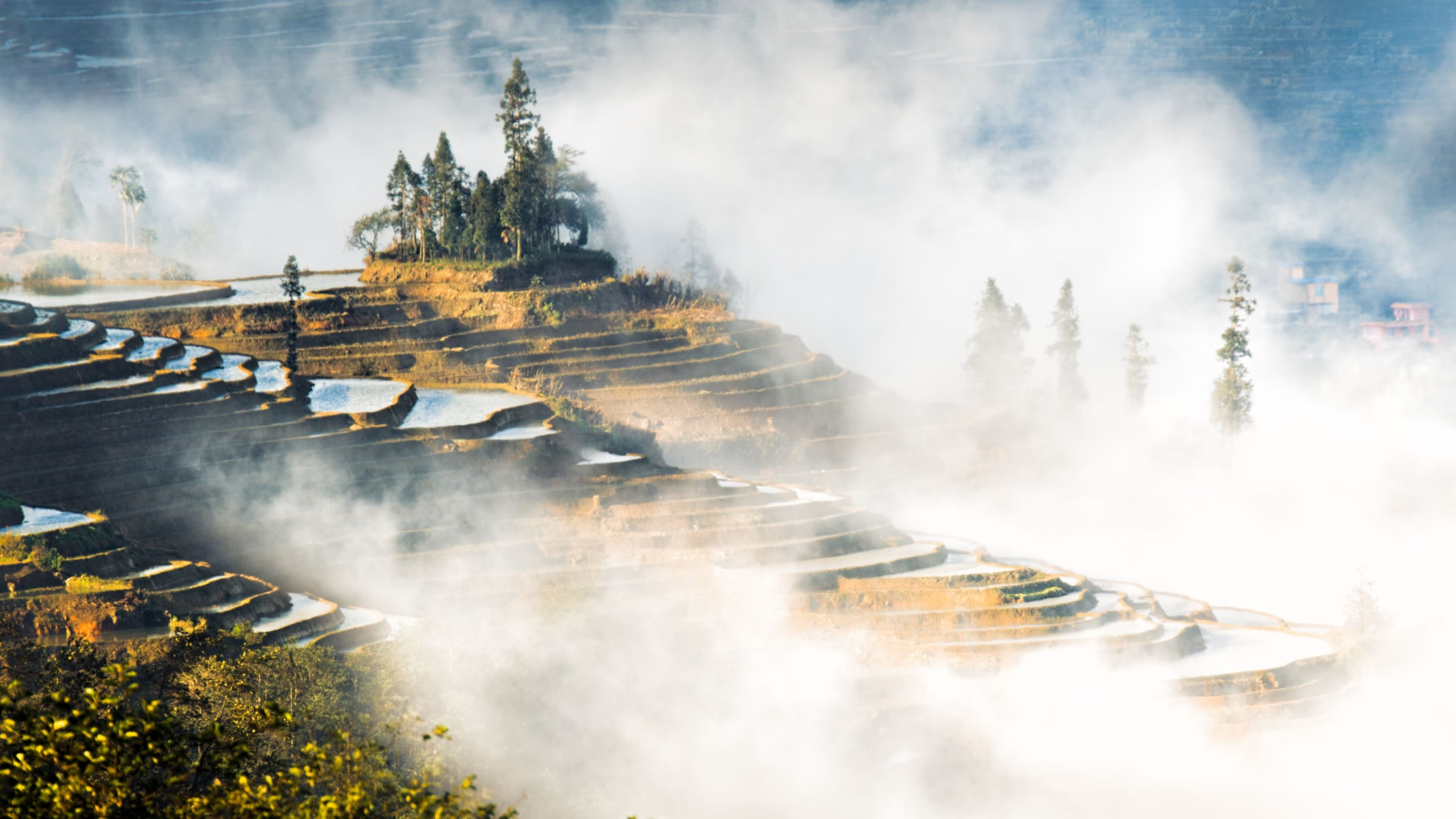
Himalayan Scenery:
Sikkim is famous for its breathtaking views of the Himalayas, topped by Kanchenjunga, the world’s third-highest mountain.
The state has a variety of landscapes, ranging from forests and meadows to snow-covered mountains and deep valleys.
Adventure Activities:
Sikkim is the adventure person’s paradise, with activities such as trekking, mountaineering, white-water rafting, and paragliding.
Serene Lakes:
The state has a profusion of serene lakes, such as the sacred lake Tsomgo Lake and the magnificent Gurudongmar Lake, which provide peaceful experiences.
Integration with India (1975):
Sikkim became a part of India as the 22nd state in 1975 following a referendum. In between, there was a phase of increasing dissatisfaction with the monarchy and rising Indian influence.
Key Events of the Sikkim Package?
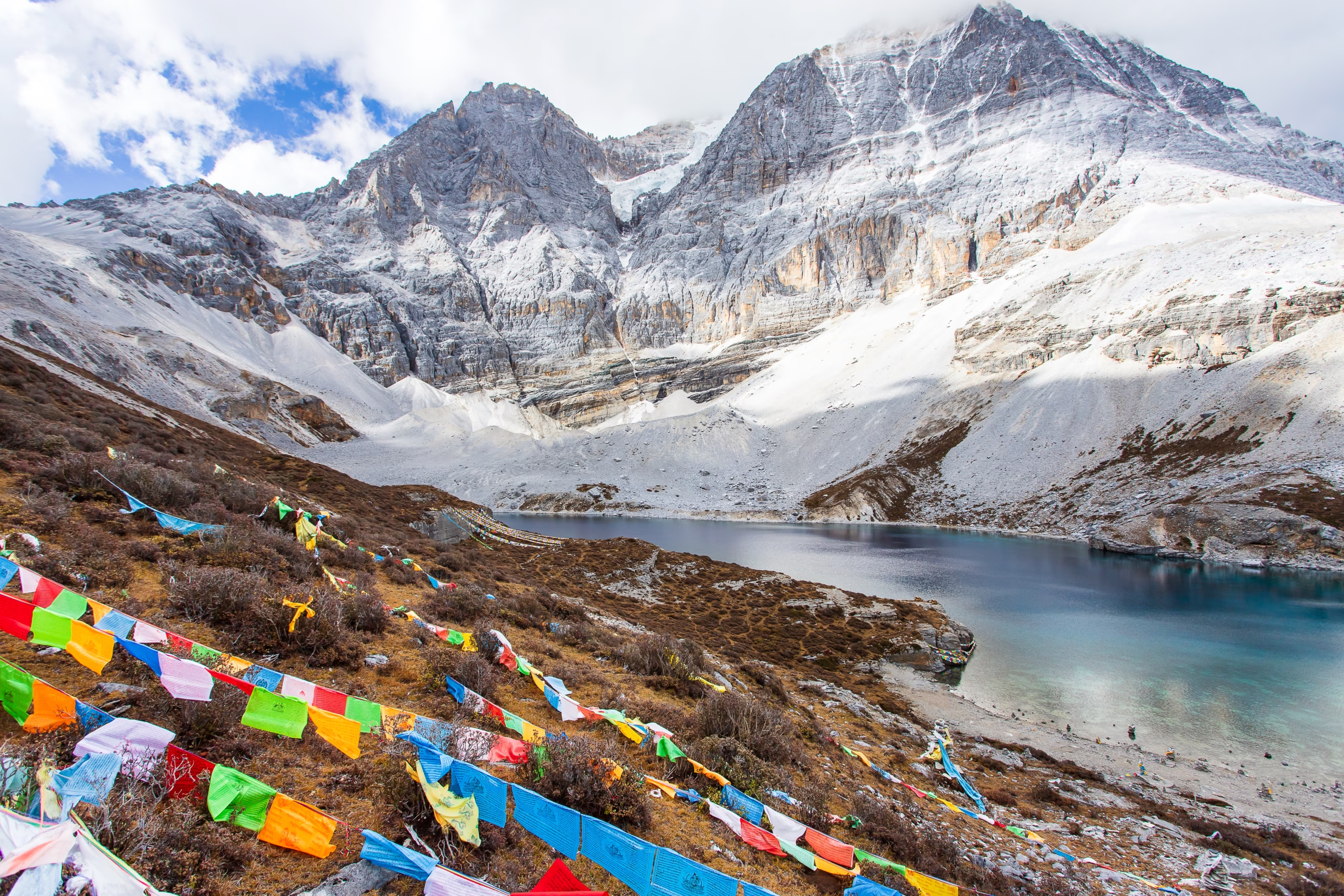
- Phuntsog Namgyal: The first Chogyal of Sikkim, who founded the Namgyal dynasty.
- Palden Thodup Namgyal: The last Chogyal of Sikkim, who was deposed in 1975.
- Anglo-Nepalese War (1816): Sikkim assisted the British in this war, resulting in a decline in the power of the Chogyal.
- Indo-Sikkimese Treaty (1950): This treaty turned Sikkim into an Indian protectorate, with India taking over the external relations, defense, and strategic communications.
- 1973 Anti-Monarchy Protests: The protests, accompanied by Indian intervention, resulted in a tripartite accord between the Chogyal, the Indian government, and political parties, leading to significant political reforms.
Popular place
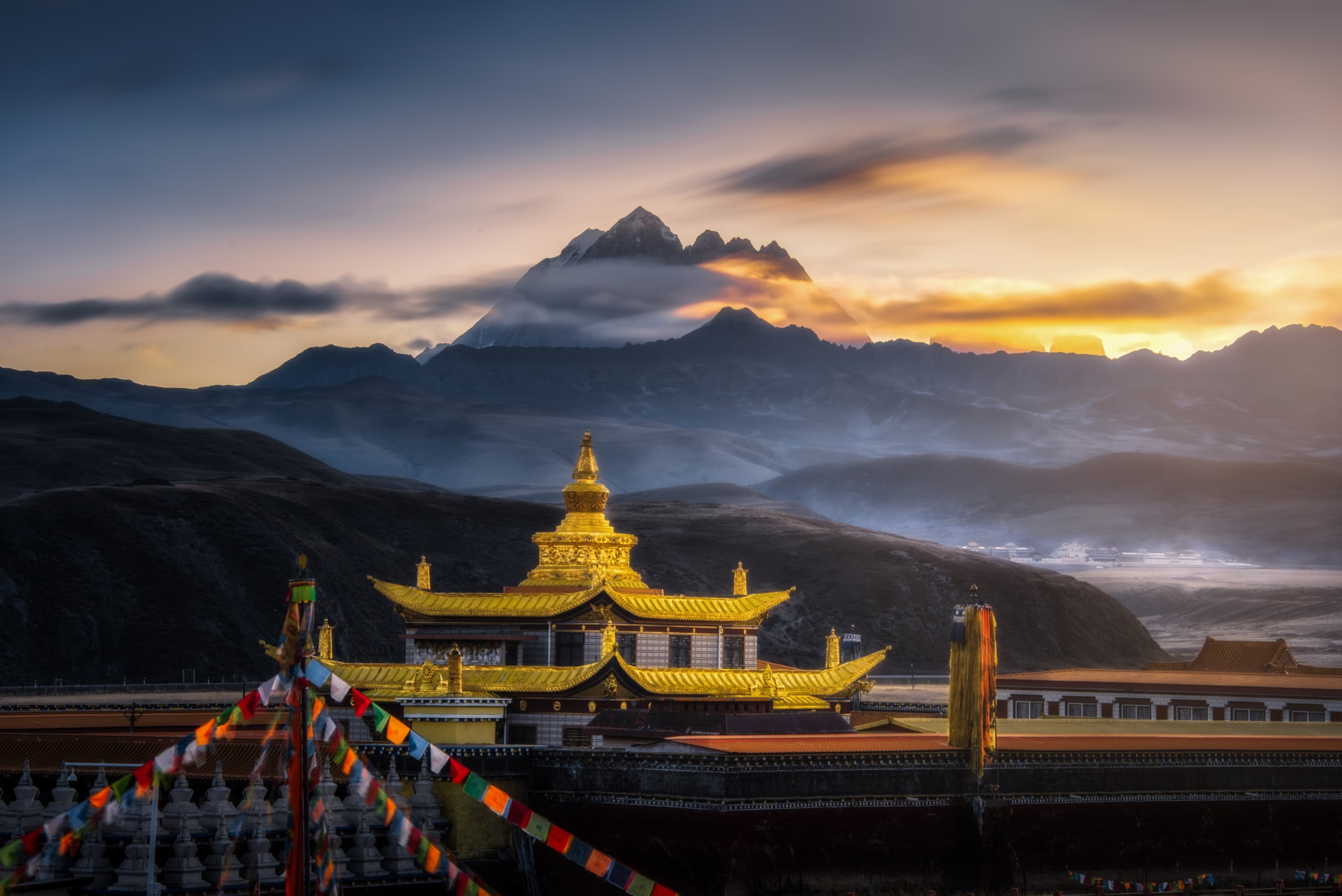
Sikkim is a stunning state that provides tourists with a rich combination of scenic beauty, culture, and adventure. From the breathtaking Himalayan scenery to the friendly hospitality of its people, Sikkim tourism is for everyone seeking a memorable experience
Food
Sikkim is famous for its rich and delicious cuisine, the most popular of which is momos. Thukpa, a noodle soup, and other fermented foods such as gundruk and sinki are also widely consumed.
Culture
The culture of Sikkim is a rich mosaic made from the customs of its three predominant ethnic groups: Bhutias, Lepchas, and Nepalese. This rich mosaic is evident in its festivals, music, dances, arts, and crafts.
Key Aspects of Sikkimese Culture:
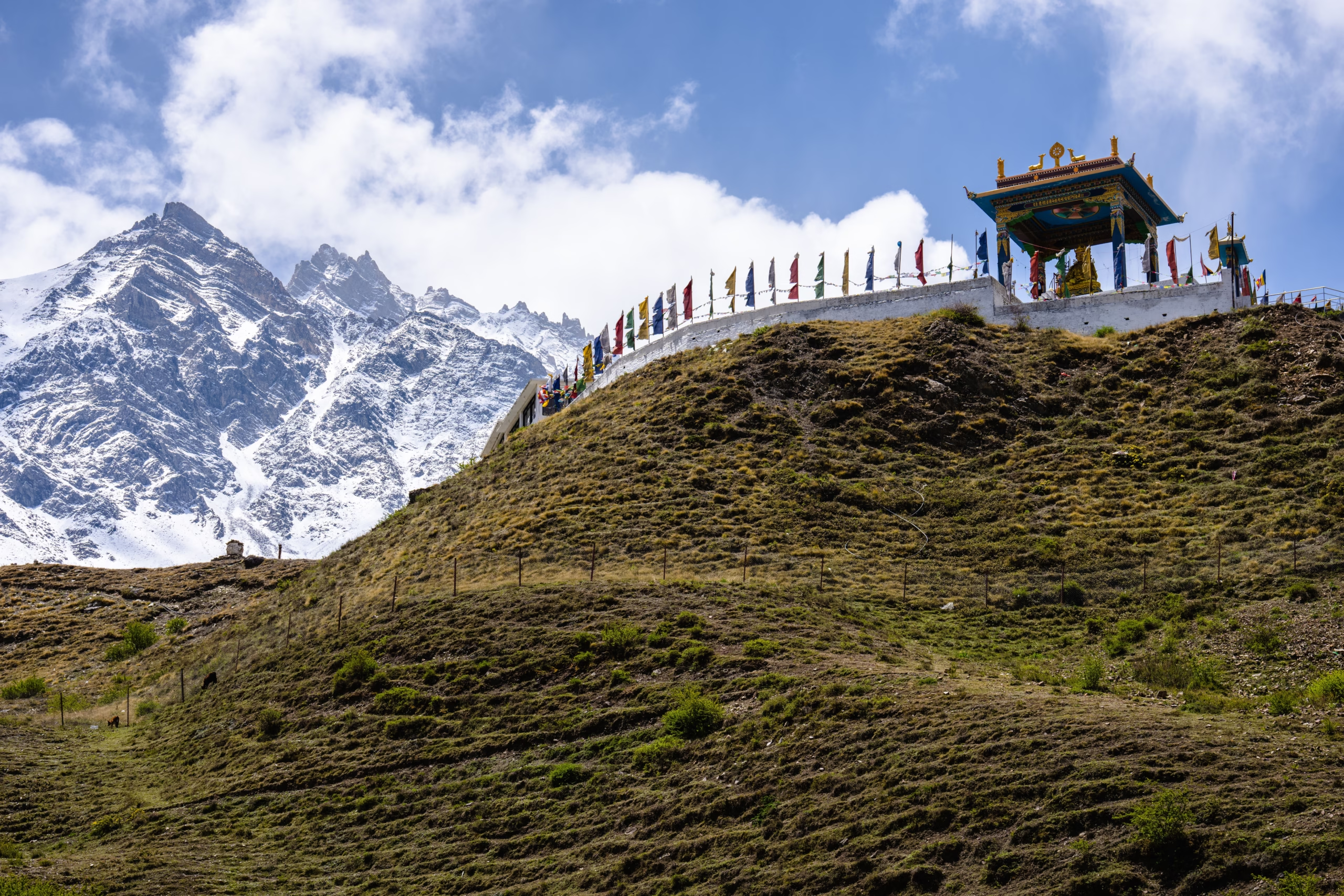
Ethnic Groups:
- Lepchas: Thought to be the native people of Sikkim, with close links to nature.
- Bhutias: Tibetan immigrants, Buddhist in faith, celebrating annually the Losar festival.
- Nepalese: A Prominent group that has enriched Sikkimese culture, especially in agriculture and trade.
Music:
Traditional folk music, such as Tamang Selo, is common, typically played on instruments such as the Dhamphun.
Dances:
Mask dances, such as Kagyed Dance and Chaam, are popular and meaningful in Sikkim and are usually performed during festivals and religious rituals
East Sikkim Tour Packages
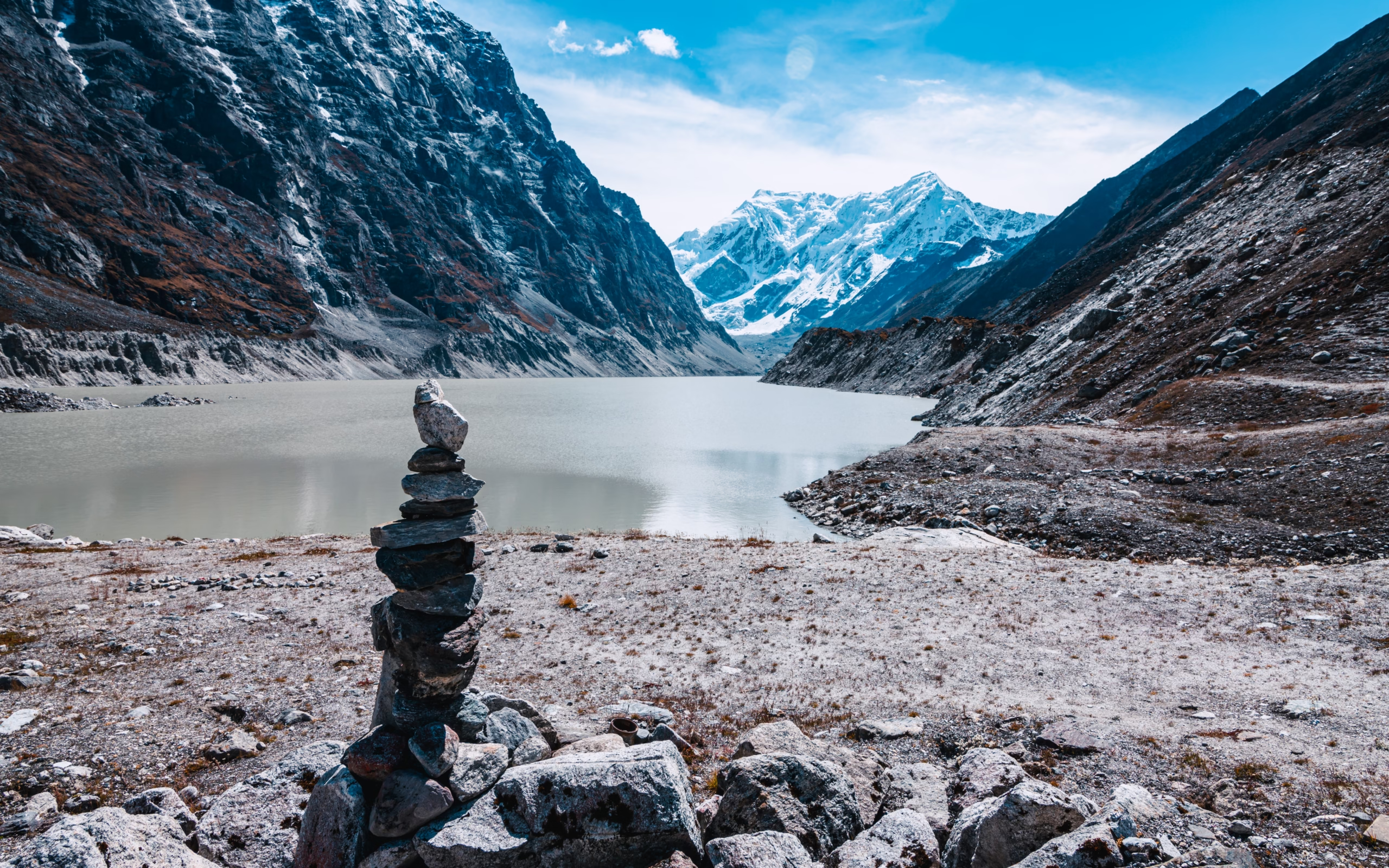
East Sikkim, one of the four districts of the Indian state of Sikkim, is a popular travel destination for nature lovers, adventure seekers, and cultural enthusiasts. With its vibrant capital city Gangtok, ancient monasteries, lush valleys, and stunning Himalayan views, East Sikkim offers a perfect blend of serenity and excitement. Tour packages usually include sightseeing, trekking, monastery visits, and local cuisine experiences.
History
Historically, East Sikkim has been a significant cultural and trade center. It was once part of the ancient Silk Route that connected India with Tibet. Gangtok, the district headquarters, became the capital of Sikkim in the mid-19th century. Over time, the region has evolved into a fusion of Buddhist traditions, British colonial influence, and modern development, while still preserving its heritage sites such as Rumtek Monastery and Enchey Monastery.
Advantages
- Scenic Beauty: Panoramic views of snow-capped mountains, lakes like Tsomgo, and lush greenery.
- Cultural Richness: Rich Buddhist heritage with beautiful monasteries and festivals.
- Accessibility: Well-connected to major cities through Bagdogra Airport and NJP railway station.
- Adventure Activities: Trekking, paragliding, and yak rides around high-altitude lakes and passes.
Disadvantages
- Weather Dependency: Landslides during monsoon and snow blockades in winter can disrupt travel.
- Permit Requirements: Certain areas (like Nathula Pass) require special permits, which can be a hassle for some tourists.
- Limited Nightlife: For those seeking a bustling nightlife, East Sikkim might feel quiet after sunset.
Landscape
East Sikkim is characterized by its mountainous terrain, dense forests, and alpine meadows. The region showcases dramatic elevation changes, from subtropical valleys to snow-covered peaks. Notable features include:
- Tsomgo Lake – a glacial lake surrounded by rugged mountains.
- Nathula Pass – a high-altitude mountain pass on the Indo-China border.
- Himalayan views – breathtaking sights of peaks like Kanchenjunga.
- Terraced fields and tea gardens, adding to the area’s visual charm.
Sikkim-Darjeeling-Gangtok Tour Package
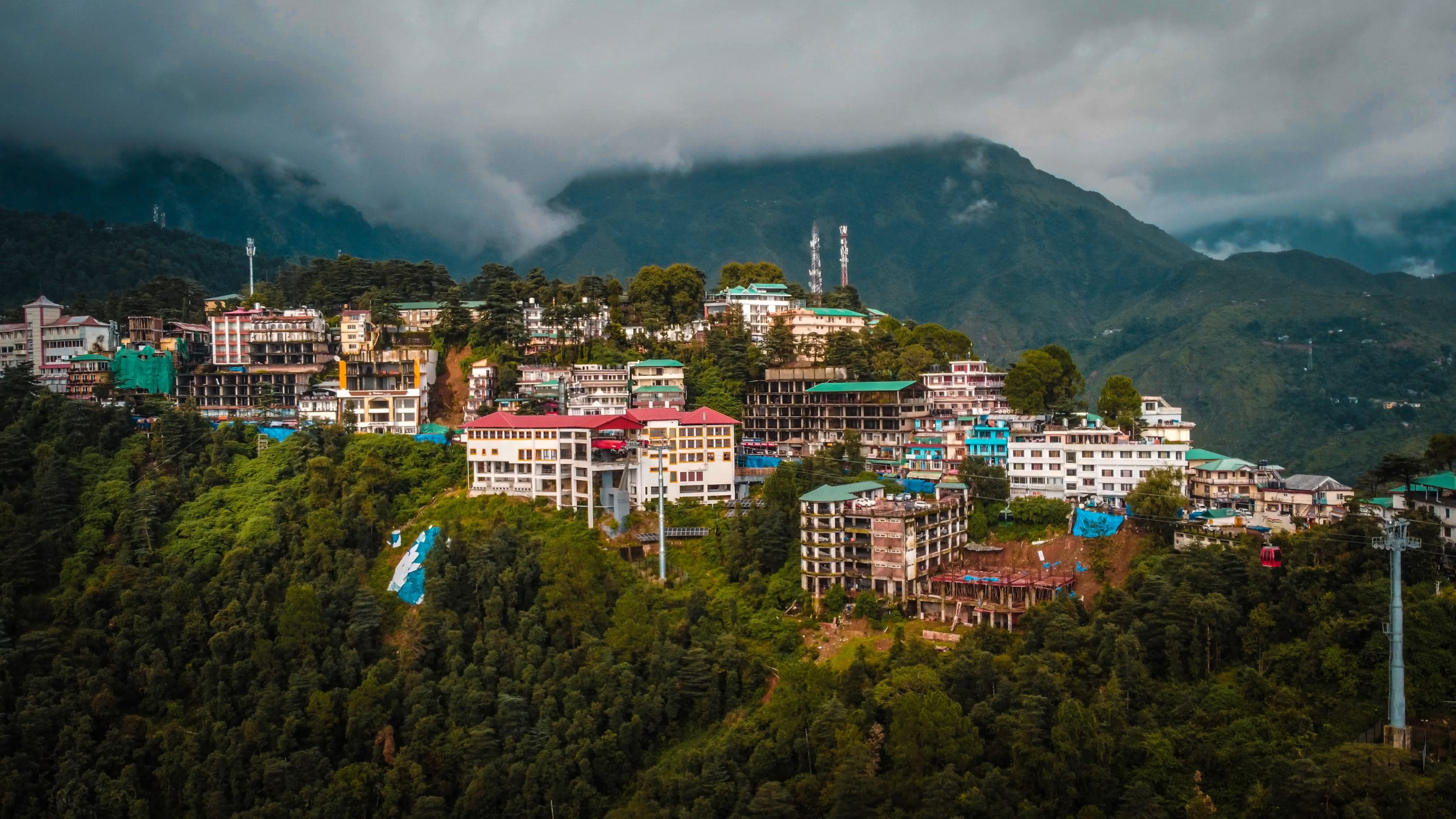
The Sikkim-Darjeeling-Gangtok Tour Package is one of the most popular travel circuits in Northeast India, combining the scenic beauty of the Himalayas with rich cultural heritage. This package covers the vibrant city of Gangtok, the colonial charm of Darjeeling, and parts of Sikkim, offering travelers a mix of nature, adventure, and tradition.
Darjeeling:
- Tiger Hill: Famous for sunrise over Mt. Kanchenjunga.
- Batasia Loop: A spiral railway loop with war memorial views.
- Darjeeling Himalayan Railway (Toy Train): UNESCO World Heritage ride.
- Peace Pagoda: Japanese temple with panoramic views.
- Tea Estates: Visit tea gardens and sample world-class Darjeeling tea.
- Himalayan Mountaineering Institute & Zoo.
Gangtok:
- MG Marg: Clean, vibrant promenade with cafés and shops.
- Tsomgo Lake: Glacier lake, often frozen in winter.
- Baba Harbhajan Mandir: A shrine with local legends.
- Nathula Pass (Indo-China border; requires permit).
- Ropeway Ride: Aerial view of Gangtok town.
- Rumtek Monastery: Major seat of Tibetan Buddhism.
Sikkim (Beyond Gangtok):
- Ravangla & Namchi: Buddha Park, Samdruptse Statue.
- Temi Tea Garden: Only tea estate in Sikkim.
- Zuluk & Silk Route: Offbeat destinations with hairpin roads and mountain
Night View
- MG Marg in Gangtok: Lively in the evening, well-lit, live music, street food.
- Darjeeling Mall Road: Quiet but charming with colonial lamps.
- Tashi View Point (Gangtok): Night sky on a clear night is magnetic
Green Victory / Eco Efforts
- Sikkim: First 100% organic state in India, no plastic zones, high forest cover.
- Gangtok: Ranked among India’s cleanest cities.
Local eco-initiatives include homestays, organic food, and restricted tourism in protected areas
Speciality
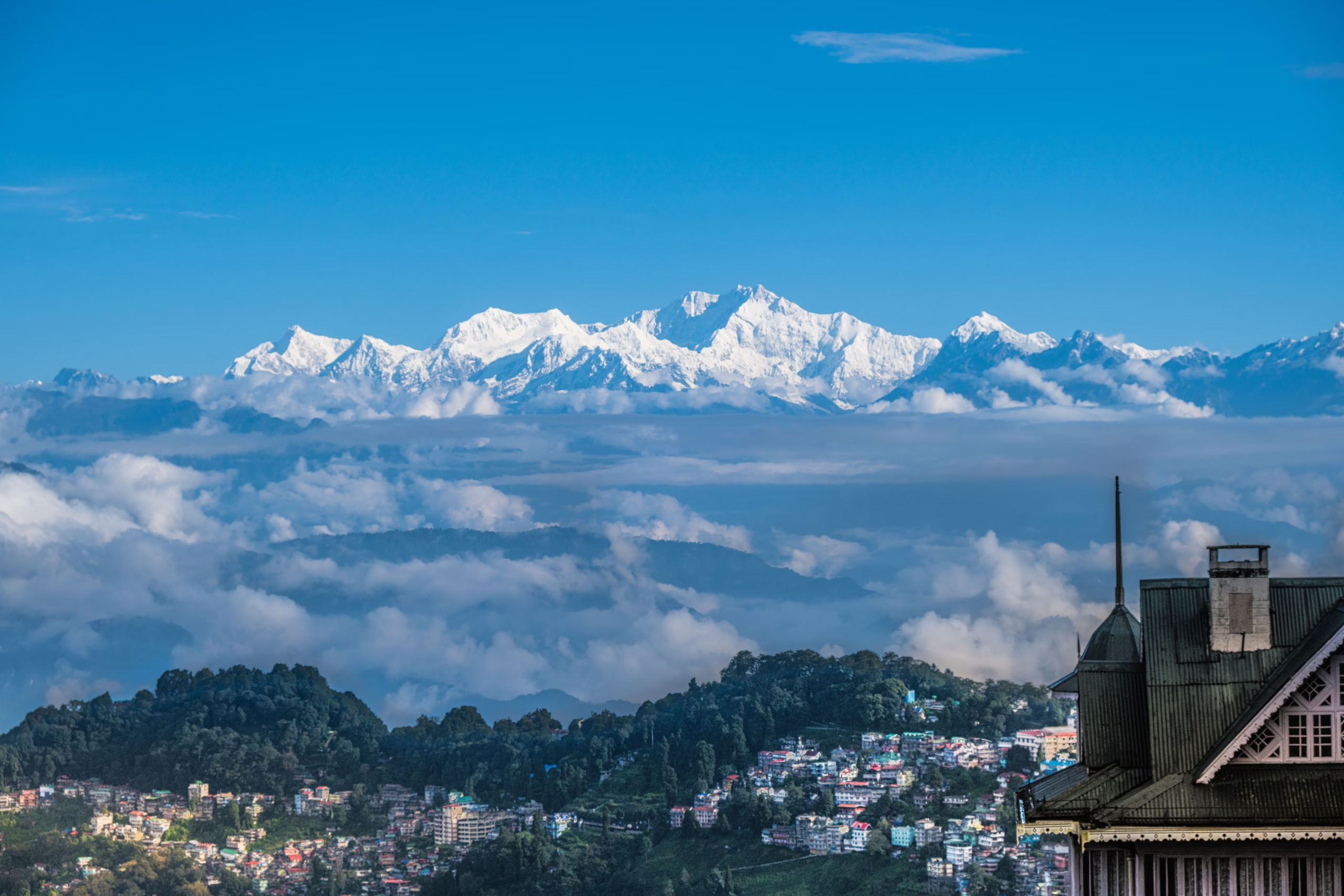
- Darjeeling: Known for its world-famous tea gardens, the Darjeeling Himalayan Railway (Toy Train), and views of Mt. Kanchenjunga.
- Gangtok: A hill station known for its clean streets, Buddhist monasteries, and cable car rides.
- Sikkim: Rich in biodiversity, offering lakes, waterfalls, and spiritual retreats.
- Popular attractions include Tiger Hill sunrise, Batasia Loop, Tsomgo Lake, Baba Mandir, and Rumtek Monastery.
Advantages
- Diverse Experiences: Enjoy cultural, spiritual, and natural sights in one tour.
- Mild Climate: Pleasant weather most of the year, making it suitable for all age groups.
- Well-developed Tourism: Good transport, hotels, and tour facilities.
Disadvantages
- Permit Hassles: Nathula Pass and parts of Sikkim require special permits.
- Traffic in Peak Season: Roads can get congested, especially in Darjeeling and Gangtok.
- Unpredictable Weather: Rain and fog may obscure mountain views.
North Sikkim Tour Package
The North Sikkim Tour Package is perfect for those seeking raw Himalayan beauty, high-altitude adventure, and peaceful getaways. Home to Lachung, Lachen, Gurudongmar Lake, and Yumthang Valley, this region is ideal for nature lovers and explorers.
History
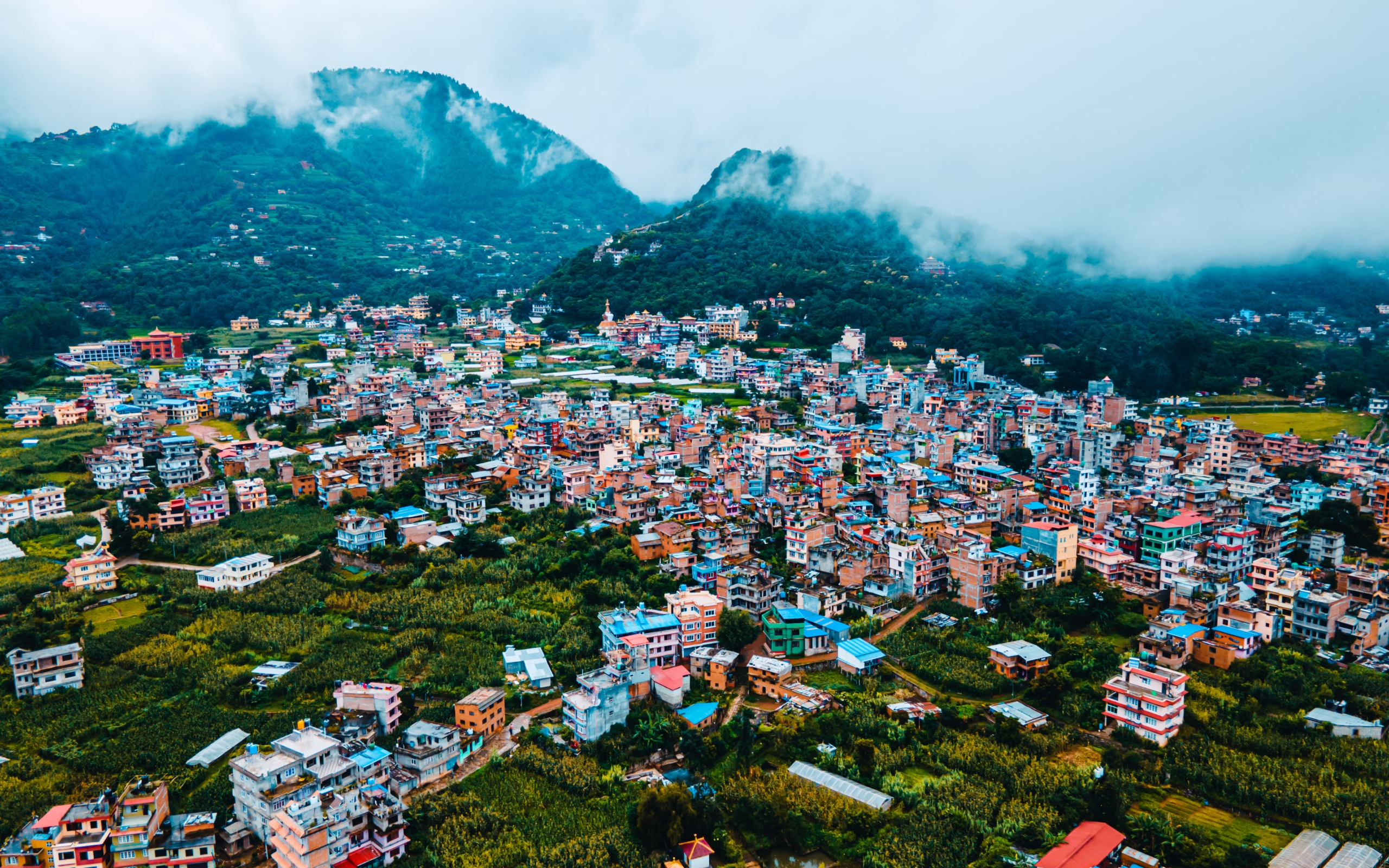
North Sikkim was historically inhabited by the Lepchas and later integrated into the Kingdom of Sikkim. The area has strong Tibetan and Buddhist influences, with sacred lakes and valleys playing key roles in local folklore and religious practices.
Advantages
- Breathtaking Scenery: Snow-capped mountains, alpine forests, and glacial rivers.
- Less Crowded: Compared to Gangtok or Darjeeling, it’s more serene and less commercial.
- Unique Spots: Gurudongmar Lake (one of the highest lakes in the world), Yumthang Valley (valley of flowers).
Disadvantages
- Altitude Sickness: Places like Gurudongmar are at over 17,000 feet, which can be challenging.
- Permit Requirements: Inner Line Permits (ILP) are needed for most areas.
- Limited Facilities: Remote areas have basic lodging and fewer amenities.
Landscape
- A mix of rugged mountains, glacial lakes, pine forests, and flowering meadows.
- Lachung and Lachen are charming villages nestled in valleys with river views.
- In spring, Yumthang Valley bursts with rhododendrons and other blooms.
- Book now sikkim tour packages



Guide to Masai Mara: Tour Packages, Tribe Culture & Accommodation




